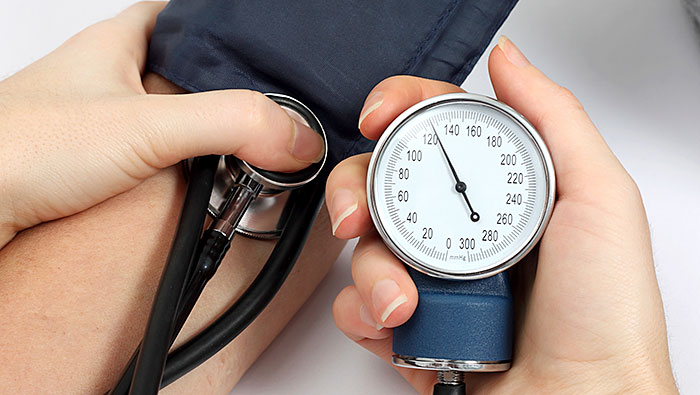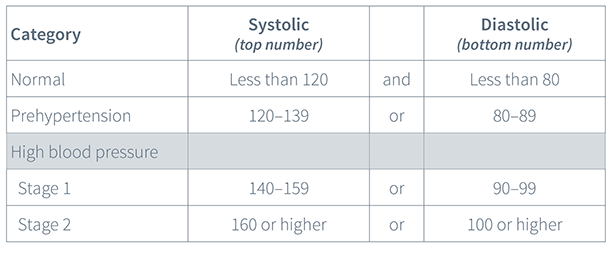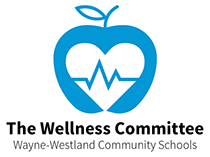Home > High Blood Pressure
Links

Current Challenge
Recipes for Success
Special Announcements

Healthy Recipe Contest!
Congratulations to Cathy Sayre, the winner of the Healthy Recipe Contest!
You can see her recipe, as well as all the other excellent recipes here.
Current Challenge

Winter Weight Loss Challenge
This challenge will begin on January 1, 2016 and will end on March 31. For updates on this challenge click here.
Additional Resources

NurseLine is a health information phone line staffed around the clock by registered nurses trained to answer medical questions and offer guidance.
What Is High Blood Pressure?
This article has been edited to read the full article click here.
High blood pressure (HBP) is a serious condition that can lead to coronary heart disease, heart failure, stroke, kidney failure, and other health problems. "Blood pressure" is the force of blood pushing against the walls of the arteries as the heart pumps blood. If this pressure rises and stays high over time, it can damage the body in many ways.
Overview
About 1 in 3 adults in the United States has HBP. The condition itself usually has no signs or symptoms. You can have it for years without knowing it. During this time, though, HBP can damage your heart, blood vessels, kidneys, and other parts of your body. Knowing your blood pressure numbers is important, even when you're feeling fine. If your blood pressure is normal, you can work with your health care team to keep it that way. If your blood pressure is too high, treatment may help prevent damage to your body's organs.
Blood Pressure Numbers
Blood pressure is measured as systolic (sis-TOL-ik) and diastolic (di-ah-STOL-ik) pressures. "Systolic" refers to blood pressure when the heart beats while pumping blood. "Diastolic" refers to blood pressure when the heart is at rest between beats.
You most often will see blood pressure numbers written with the systolic number above or before the diastolic number, such as 120/80 mmHg. (The mmHg is millimeters of mercury—the units used to measure blood pressure.)
The table below shows normal blood pressure numbers for adults. It also shows which numbers put you at greater risk for health problems.
Categories for Blood Pressure Levels in Adults (measured in millimeters of mercury, or mmHg)
The ranges in the table apply to most adults (aged 18 and older) who don't have short-term serious illnesses.
Blood pressure doesn't stay the same all the time. It lowers as you sleep and rises when you wake up. Blood pressure also rises when you're excited, nervous, or active. If your numbers stay above normal most of the time, you're at risk for health problems. The risk grows as blood pressure numbers rise. "Prehypertension" means you may end up with HBP, unless you take steps to prevent it.
If you're being treated for HBP and have repeat readings in the normal range, your blood pressure is under control. However, you still have the condition. You should see your doctor and follow your treatment plan to keep your blood pressure under control.
Your systolic and diastolic numbers may not be in the same blood pressure category. In this case, the more severe category is the one you're in. For example, if your systolic number is 160 and your diastolic number is 80, you have stage 2 HBP. If your systolic number is 120 and your diastolic number is 95, you have stage 1 HBP.
If you have diabetes or chronic kidney disease, HBP is defined as 130/80 mmHg or higher. HBP numbers also differ for children and teens. (For more information, go to "How Is High Blood Pressure Diagnosed?")
Outlook
Blood pressure tends to rise with age. Following a healthy lifestyle helps some people delay or prevent this rise in blood pressure.
People who have HBP can take steps to control it and reduce their risk for related health problems. Key steps include following a healthy lifestyle, having ongoing medical care, and following your treatment plan.


